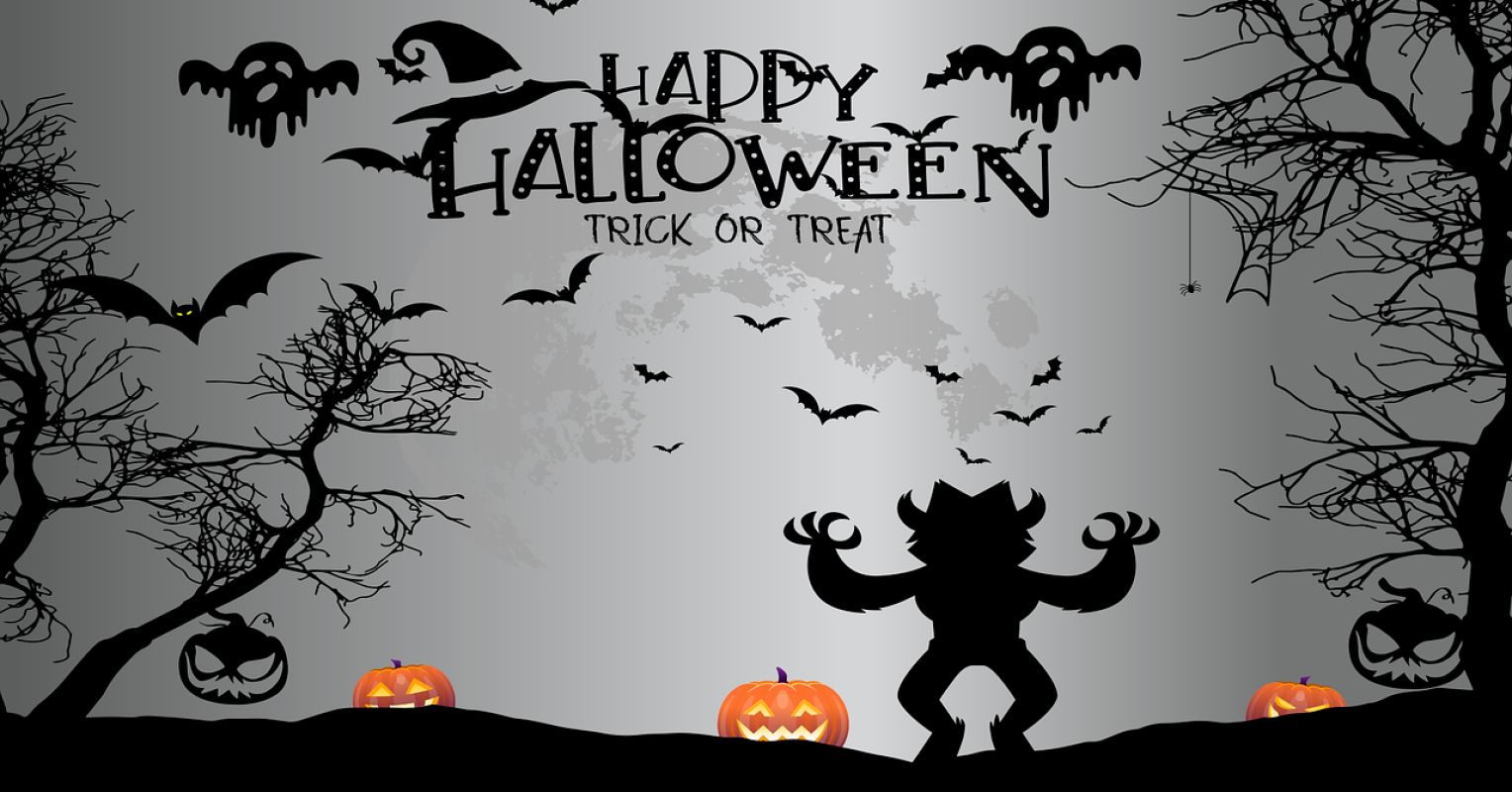
"Halloween in America is believed to be a descendant of the Celtic harvest festival that was also designed to remember the dead and ward off ghosts. How did a pagan ritual become a month-long celebration of spookiness in the 21st century? There are several good psychological and sociological reasons to explain the enormous popularity of the modern-day phenomenon that is Halloween. I argue that the holiday serves important roles in American society that are hidden within the festivities:"
"Halloween, like scary movies and television shows, serves this purpose by our construction of artificial threatening scenarios. The turning of devils, witches, goblins, and other unearthly entities into welcome, friendly sights is thus a kind of annual ritual to manage our anxieties. By simulating fear, we can enjoy the experience of being afraid. Costumes reinforce the experience as imagined-a form of play or theatrical event, with candy that sweetens the deal."
"Acknowledgement of death. Death is a taboo subject in Western society, as many of us deny or repress that we will disappear one day. By making death fun through skeletons, ghosts, zombies, graveyards, or other forms of post-life, Halloween is an opportunity to bring death out into the open, helping to defuse some of the trepidation that surrounds it. The holiday thus has a cathartic effect, serving as an all-too-rare recognition of the fundamental existential dilemma that we are born to die."
Halloween traces to a Celtic harvest festival that remembered the dead and warded off ghosts, evolving into a month-long celebration of spookiness. The holiday channels collective fears of the unknown by staging artificial threats through costumes, scary media, and haunted attractions, allowing people to simulate and manage anxiety in socially acceptable play. Transforming devils, witches, goblins and other unearthly figures into familiar sights ritualizes fear and reduces its power. Halloween also brings death into public view through skeletons, ghosts, zombies, and graveyards, offering catharsis and a rare recognition of the existential reality that people are born to die.
Read at Psychology Today
Unable to calculate read time
Collection
[
|
...
]